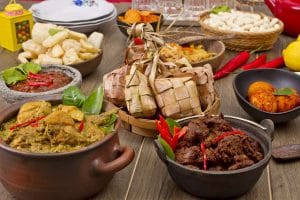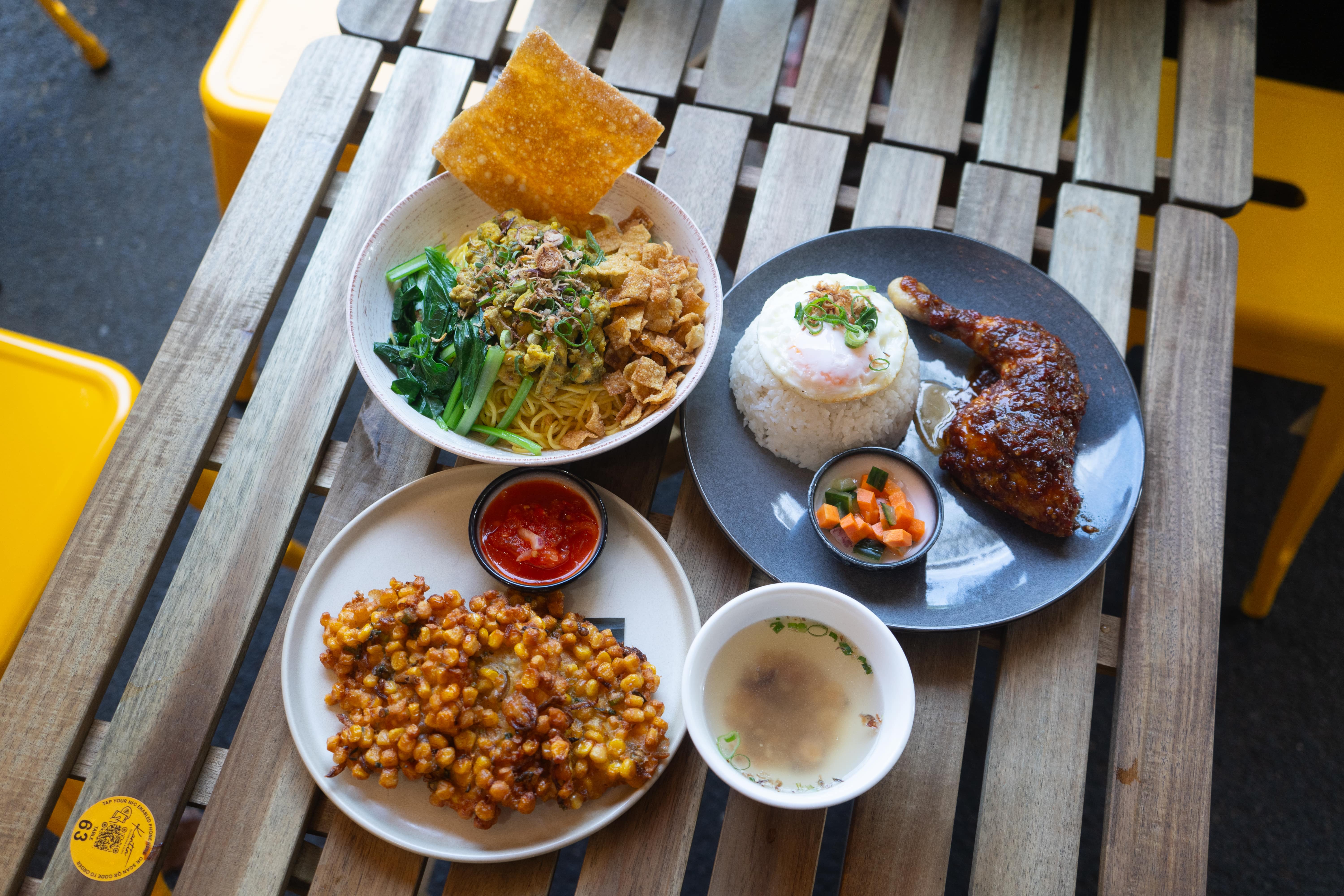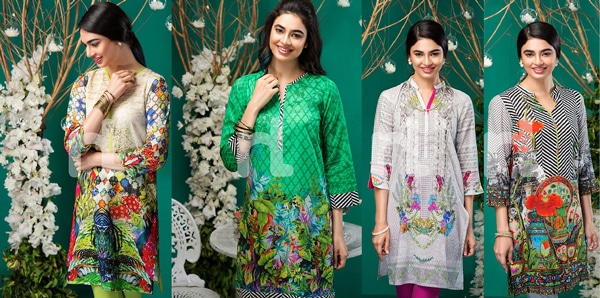As the month draws to a close, Muslims throughout the globe were up in arms for ‘Eid al-Fitr’, a day of celebration and festivity which marks the end of the holy fasting month of Ramadan. Though universal in practice amongst Muslims during this period, its uniformity takes a backseat to the enthralling differences across cultures, where countries worldwide observe a unique and fascinating infusion of their own culture into Eid al-Fitr.
Known as “Lebaran” or “Idul Fitri”, in Indonesia, Eid is cherished by its near 90% Islamic population as a national holiday that even includes a national bonus, a.k.a. “Tunjangan Hari Raya” of increased salaries throughout the fasting month.
Tracing its roots to an intertwining of Javanese culture in the 15th century, Lebaran exhibits many unique characteristics of Eid not seen elsewhere. Though the asking of forgiveness is common during Eid, the respect towards elders is held highly in Indonesia through “Sungkem”, a Javanese act that observes younger people paying a visit and asking forgiveness from their parents, uncles, aunts or grandparents.
Following the morning Eid prayer during Lebaran, Indonesians will follow up by greeting others “Selamat Hari Raya Idul Fitri” or “Happy Eid” and later feasting on traditional meals ranging from opor ayam (chicken cooked in coconut milk), rendang (spicy beef curry) or perhaps the most well-known, ketupat (glutenous rice packed in small palm leaf pouches), with variants also seen in other South East Asian countries such as Brunei, Malaysia and Singapore.

Like other countries, India upholds the common practices of Eid, including morning Eid prayer at crowded mosques and celebrating festivities involving shopping, relative visits, money donation to zakat and feasting on various delicacies. Traditional clothes such as Kurta or Kurti (for women) are often worn and included in the new garments bought during Eid and whilst it was traditionally loose and made of silk or cotton, it has since changed in style to adapt to the fashion of the modern world.
In India, unique and mouth-watering meals seen during Eid include Shahi Biryani (Mutton dish with biryani rice), Chicken Korma (a type of chicken curry) and Seviyan (a dessert made of semolina noodles soaked in milk and topped with almonds and pistachios).
Of the many mosques around the world, China’s beautiful union of exterior localised architecture and interior decorative Islamic calligraphy makes it one of the most visibly unique cultural expressions of Islamic faith. Historically linked to the Hui, these places of worship observe a gathering for local muslims, even more so during Eid.
With a diverse group of muslims across different ethnic groups, Australian muslims do not classify under one identity but instead retain different shades of culture from different countries where the number has steadily increased to 2.6% of the population in 2016. Eid in Australia is thus a varied experience further defined by its status as a multicultural melting pot.
Traditional aspects of Eid are still maintained, including morning prayer, cloth shopping and money donation. Yet, everything else is uniquely heterogenous, partly due to Australia’s status as a relatively new country in world history.
Religious yet simultaneously celebratory in nature, Eid al-Fitr remains a wonderful prism of cultural expressions throughout the globe, showcasing harmonious belief alongside diversity of human spirit.
Text: Akira Bhagawanta
Photo: Various sources




















